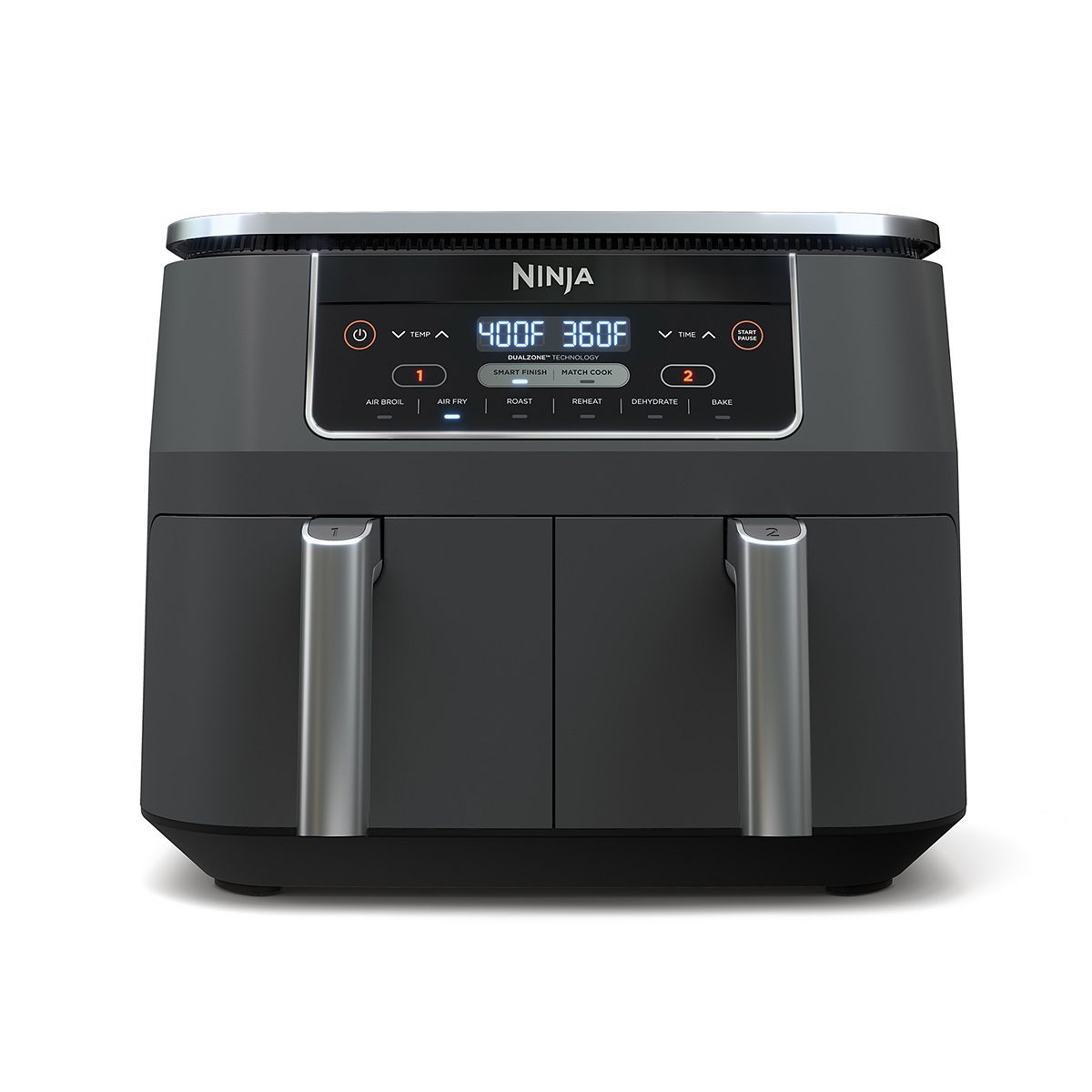KRAUS Boden Kitchen Soap Dispenser in Spot Free Antique Champagne Bronze
Easy installation and above-counter refill. Durable brass construction with flawless finish. Large-capacity bottle holds 17 oz. of liquid.
Self-priming solid brass soap dispenser with large-capacity bottle refills from above the counter with no need to go underneath the kitchen sink. The universal design complements any kitchen decor. A threaded connection makes for easy installation and a heavy-duty pump that rotates 360° for complete sink access.
- Durable construction: heavy-duty pump and PE plastic reservoir bottle for reliable long-lasting functionality
- Multi-purpose dispenser can be used for soap, lotion, liquid detergent, or hand sanitizer
- Refills from top: pump lifts up and dispenser bottle refills from the top, with no need to go under the kitchen sink counter
- Self-priming pump: easy-push self-priming pump for hassle-free use
- Spot free finish: spot-free antique champagne bronze finish prevents water spots and fingerprints for a cleaner faucet, creates a high-end look with a rich warm feel
- Universal design: versatile design complements any decor style, coordinates with all KRAUS kitchen faucets for a complete look
- Spout reach: soap dispenser spout extends 3-7/8 in. rotates 360° for maximum sink access
- Easy to install: all parts included for quick and easy single-hole installation
- 1-year limited warranty: backed by top-rated KRAUS customer service
Additional information
| Dimensions | H 2.63 in, W 1.75, D 4.75 in |
|---|---|
| Manufacturer Warranty | 1 Year Limited Warranty |






by James
Looks like photo and works as should.
by Sin
This is a quality soap dispenser. It matches my Kohler brushed stainless faucet nicely, it fills the fourth hole and gets rid of the dish detergent bottle on the counter top.
by Bonnie
It fit right into our old fixture without removing the bottle.
by Harry
If I could find out how to register for the warranty I would be happy.